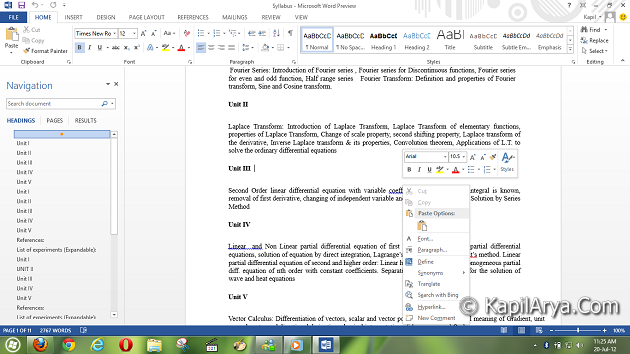

However, as said already, this article focuses on markup languages, so let’s move on and see why many people prefer them over WYSIWYG editors. Some word processors offer advanced features for particular tasks, such as writing a novel. There are many word processors to choose from. Examples of such documents are flyers, advertisements, party invitations, posters, etc.
#Markup document editor software
WYSIWYG software is also the right choice for design-intensive publications where you want to have total control of the position, size, font, and other visual properties of the document’s elements, and you want to immediately see and trim the end result while working on the document. Some websites have their own WYSIWYG editor integrated in the website, which makes it very easy to write formatted text. Offline or online WYSIWYG editors are often the best solution for non-technical people who occasionally write short or medium-size documents. The purpose of this article is to point out general advantages of document markup languages. It will not tell you why product X is better than product Y.

Note: This article does not compare or evaluate different writing solutions/products. Should you, too, use a document markup language instead of a WYSIWYG editor? Let’s see. However, more and more people are writing their documents using another, less known option: a document markup language. Most people use a What-You-See-Is-What-You-Get (WYSIWYG) editor (also called a text processor), such as Google Docs, LibreOffice or Word. Did you ever wonder what’s the best tool to write an article, user manual, book, or any other kind of text document?


 0 kommentar(er)
0 kommentar(er)
